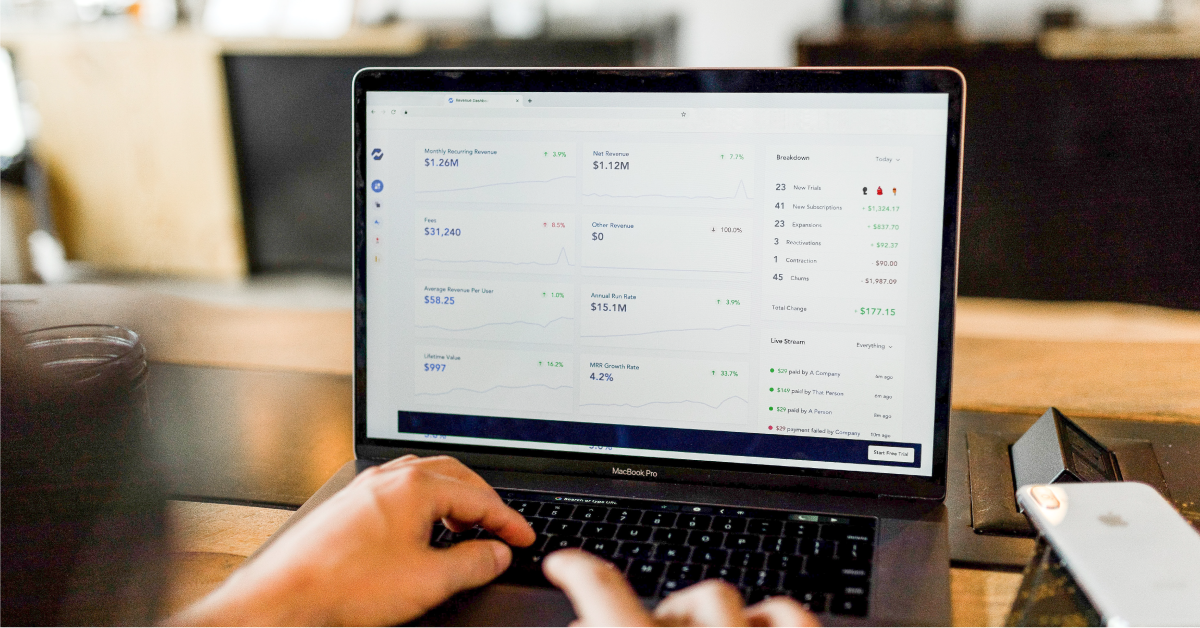What is Customer Acquisition Cost (CAC)?

While the main focus of most companies is growth, it rarely comes without a cost. Fostering sustainable growth means being conscious of the resources that go into closing deals and generating revenue.
This is where customer acquisition cost comes into play. While merely an entry-level metric that offers insight into the cost of doing business, customer acquisition costs pairs well with metrics like customer lifetime value and payback period to offer a holistic picture of your revenue stream.
What is Customer Acquisition Cost?
Customer acquisition cost (CAC) is the amount of money that it takes to close a set of customers in a given time period.
To reach your customer acquisition cost, you first need to understand the total of everything you spent money on that contributed to closing deals in your particular timeframe. That means physical and digital advertising, software, event expenditures and whatever other buckets you’ve built into your marketing budget.

It’s essential to include human capital as well. The time spent by your marketing and sales team to create content and close deals comes at a price as well.
Once you’ve calculated the sum of your costs in a period, you divide your cost by the total number of customers signed in that same period to calculate your CAC.
Why Should You Track Your CAC?
On its own, customer acquisition cost can be an underwhelming metric, especially when tracked as something to consistently decrease.
Generally, CAC can give you a good idea of where and how you should spend your budget. For instance, if you’re overspending in a particular area like paid search advertising, you may be unnecessarily driving up your acquisition cost.
Once you start looking at CAC as a function of revenue, it becomes a very valuable metric.
When paired with payback period and customer lifetime value, customer acquisition cost is a great indicator of your long-term profitability.
- Payback period gives you an understanding of how long you have to retain a customer to recoup your acquisition cost.
- Customer lifetime value indicates the average amount of value you should expect to gain from a client over the entire duration of your relationship.
If your payback period is longer than your average client relationship or your acquisition cost exceeds your customer lifetime value, you’re not running a profitable operation.
As long as your CAC doesn’t exceed customer lifetime value, the goal is not necessarily to get it to $0. You will always have costs associated with closing deals. Instead, your goal is to normalize it.
By reaching a point where you expect to spend a certain amount of money to acquire a certain amount of customers, you can ensure and plan for sustainable growth.
To take it a step further, CAC is also a foundational element of finding your sales efficiency or "magic number." Essentially, how much money did you spend and how much money did you get in a given time period.
The magic number is an important metric used by venture capitalists to evaluate potential investments. A startup whose ratio is closer to 1:1 is a strong indicator that they spend money wisely, have found product-market fit and are a likely high-growth company.
Takeaway
On its own, customer acquisition cost can be just another metric. While it can be an indicator of where you might be spending too much money, it functions best looked at from a holistic revenue perspective.
You should be factoring your CAC into your greater reporting efforts to ensure that you are maintaining future profitability and creating a sustainable model by which you can grow your business.
Chris Singlemann
Chris is a Brand Marketer at New Breed where he is responsible for crafting design and video assets that support our brand. When he's not behind the camera, he enjoys kayaking and tending to his sourdough starter.





